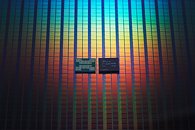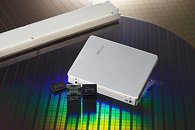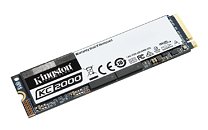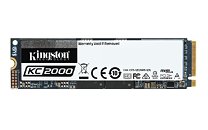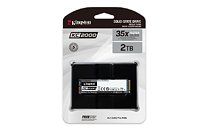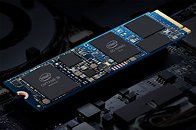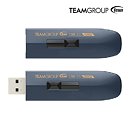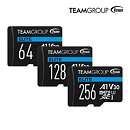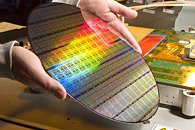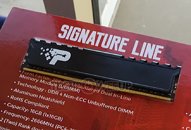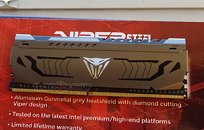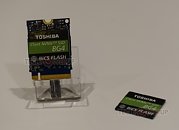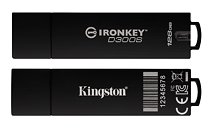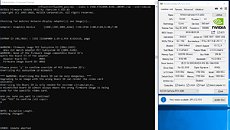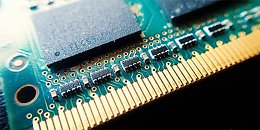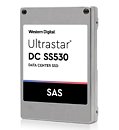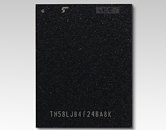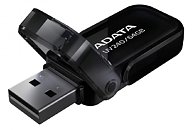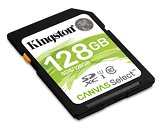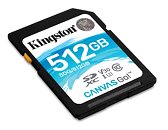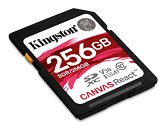
SK Hynix Starts Mass-Producing World's First 128-Layer 4D NAND, Working on 176-Layer NAND
SK hynix Inc. announced today that it has developed and started mass-producing the world's first 128-Layer 1 Tb (Terabit) TLC (Triple-Level Cell) 4D NAND Flash, only eight months after the Company announced the 96-Layer 4D NAND Flash last year.
The 128-Layer 1 Tb NAND chip offers the industry's highest vertical stacking with more than 360 billion NAND cells, each of which stores 3 bits, per one chip. To achieve this, SK hynix applied innovative technologies, such as "ultra-homogeneous vertical etching technology," "high-reliability multi-layer thin-film cell formation technology," and ultra-fast low-power circuit design, to its own 4D NAND technology.
The new product provides the industry's highest density of 1 Tb for TLC NAND Flash. A number of companies including SK hynix have developed 1 Tb QLC (Quad-Level Cell) NAND products, but SK hynix is the first to commercialize the 1 Tb TLC NAND Flash. TLC accounts for more than 85% of the NAND Flash market with excellent performance and reliability.
The 128-Layer 1 Tb NAND chip offers the industry's highest vertical stacking with more than 360 billion NAND cells, each of which stores 3 bits, per one chip. To achieve this, SK hynix applied innovative technologies, such as "ultra-homogeneous vertical etching technology," "high-reliability multi-layer thin-film cell formation technology," and ultra-fast low-power circuit design, to its own 4D NAND technology.
The new product provides the industry's highest density of 1 Tb for TLC NAND Flash. A number of companies including SK hynix have developed 1 Tb QLC (Quad-Level Cell) NAND products, but SK hynix is the first to commercialize the 1 Tb TLC NAND Flash. TLC accounts for more than 85% of the NAND Flash market with excellent performance and reliability.
